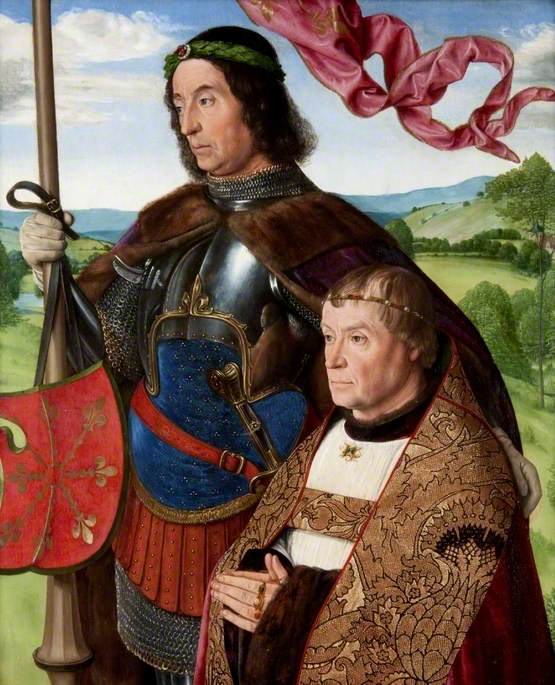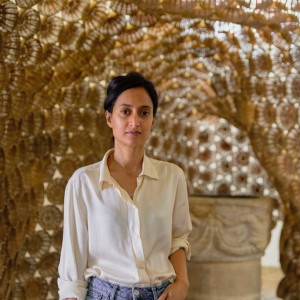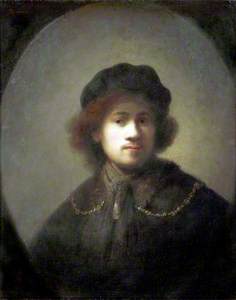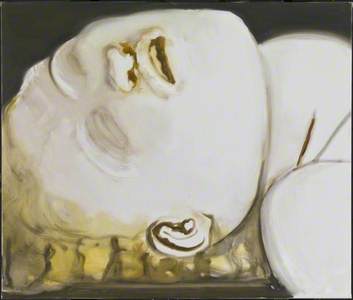In preparation for a recent talk, my colleagues and I took a closer look at the national data for the paintings catalogued by Art UK. We are in a unique position to do this, having brought together into one database 210,000 painting records from some 3,200 venues across the UK. Analysing this data proved mildly challenging given the number of works and the fact that a lot of important data is unavailable. However, in one area the results were particularly interesting – the acquisition of paintings.
One of the pieces of information that collections were asked to provide to Art UK was the means by which they acquired each painting they hold. In total, we received this information for approaching 90% of the paintings with 80% of the overall records generating sufficiently good acquisition method statistics. Using this data we then analysed how often words such as ‘gift’, ‘donated’, and ‘bequest’, occurred compared to ‘purchased’ and ‘bought’. This revealed that approximately 60% of the paintings were given and nearly 30% were purchased. For the remaining paintings there were a variety of acquisition methods such as ‘acquired’, ‘transferred’, ‘unaccessioned’, ‘found in store’ and ‘loan’. We particularly liked ‘found behind panelling in rooms on G Staircase, Great Court, 1920’.
The central message from these figures is that a substantial proportion of the nation’s collection of oil paintings exists due to the generosity of individuals and institutions. Names such as Bowes, Burrell and Leverhulme will be remembered for leaving important collections to the nation or individual cities. However, for each of these major benefactors, there are hundreds of unsung heroes who have proudly given or bequeathed a painting to their local museum. Behind some of the more substantial gifts lay a belief – particularly in the nineteenth century – that the galleries in the large cities should be every bit as good as those in London.
On occasion it has been businesses that have given works. For example, the Rembrandt self-portrait at the Walker Art Gallery in Liverpool was bought by the Ocean Steam Ship Company and given to the collection in 1953. How many of today’s companies – some of which collect art – would do that?
We must bear in mind that record keeping will have no doubt improved alongside technical advances in collection management. However, from the information available to us, the second half of the twentieth century appeared to be a golden age for the growth of the national collection. It was also a period in which the number of purchases of paintings came close to matching gifts (contrary to the aggregate figures). However, since 2000, the ratio of purchases to donations has fallen away.
Collections’ acquisition budgets are under severe pressure and are, in many cases, non-existent particularly among the local authority museums. Meanwhile, prices are rising across much of the art market. The Art Fund, Contemporary Art Society, HLF, National Heritage Memorial Fund and V&A Purchase Grant Fund, among others, make a vital contribution to supporting art purchases. But on the whole adding works to public art collections is now more aspiration than reality. A museum curator in the East Midlands lamented to me how in the 1960s it was not unusual for the then curator to go to London with one of the local councillors to buy a painting at Christie’s.
Against this background, gifts of art to collections take on added importance. For me this is probably the single most important reason to oppose any loosening of de-accessioning (in other words, museum object disposal) policies. Those individuals who left paintings by the likes of Joshua Reynolds and William Etty to their local museums saw these gifts as cultural assets to be enjoyed by their fellow citizens, not financial assets ready for future disposal like a block of Treasury stock. Surely the threat of disposal can only discourage future gifts.
While Etty and Reynolds are well represented in the national collection with 710 paintings between them displayed on Art UK, it is a fascinating exercise spotting the artists not well represented or, indeed, completely absent. Here I have selected a dozen established contemporary artists who work in oil/acrylic: Tomma Abts, Franz Ackermann, Marlene Dumas, Maria Lassnig, Neo Rauch, Daniel Richter, Jenny Saville, Wilhelm Sasnal, Luc Tuymans, Keith Tyson and Minjun Yue. Together they are represented by just 12 paintings on Art UK, ten of which are in Tate.
A hundred years from now, how many of these artists will you be able to see in permanent collections in Bristol, Liverpool or Aberdeen? With museum purchase budgets cut to the bone, a new generation of philanthropic donors of paintings will need to step forward to ensure their local museums have any chance of developing their collections.
Andrew Ellis, Art UK Director













